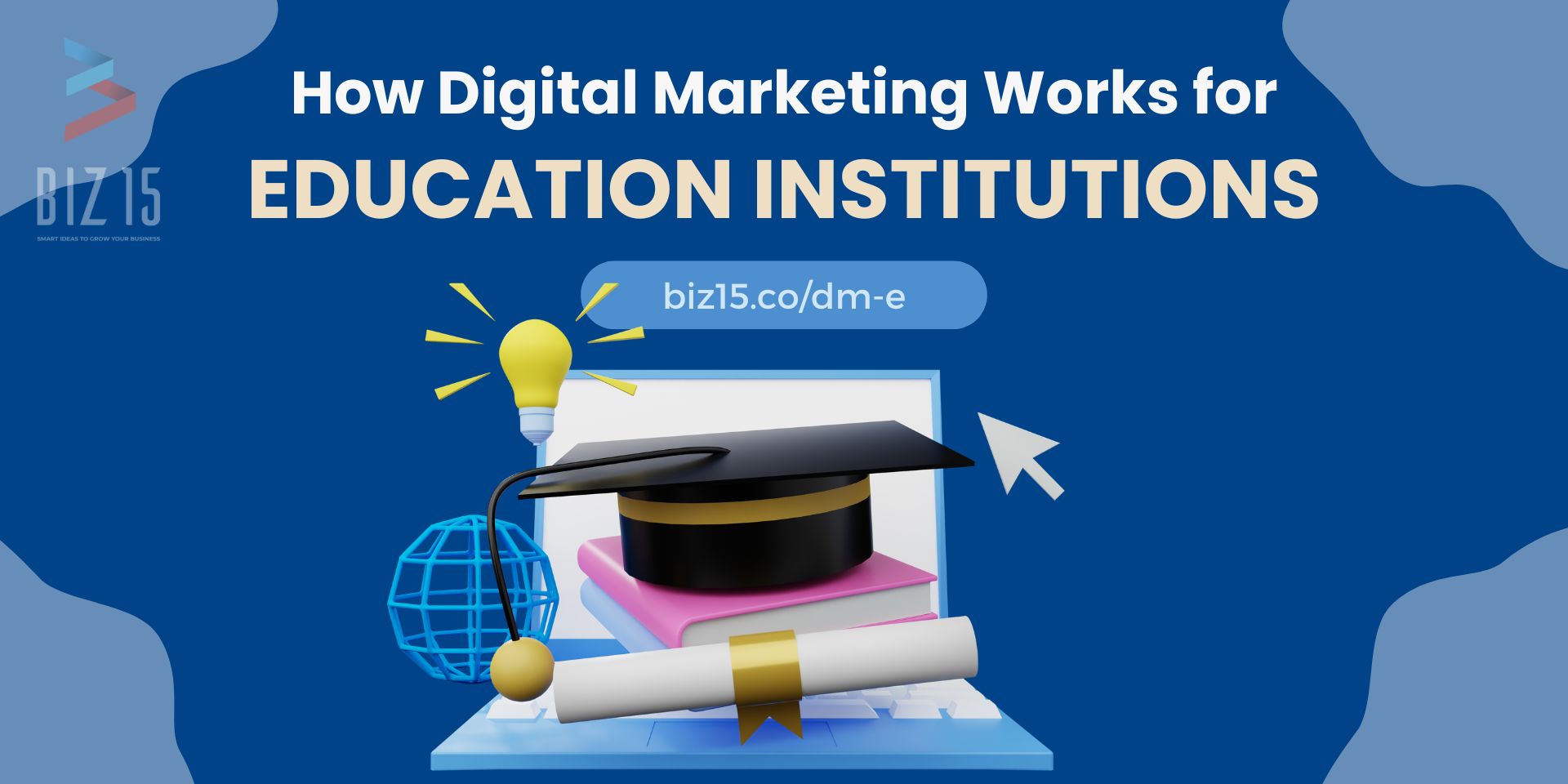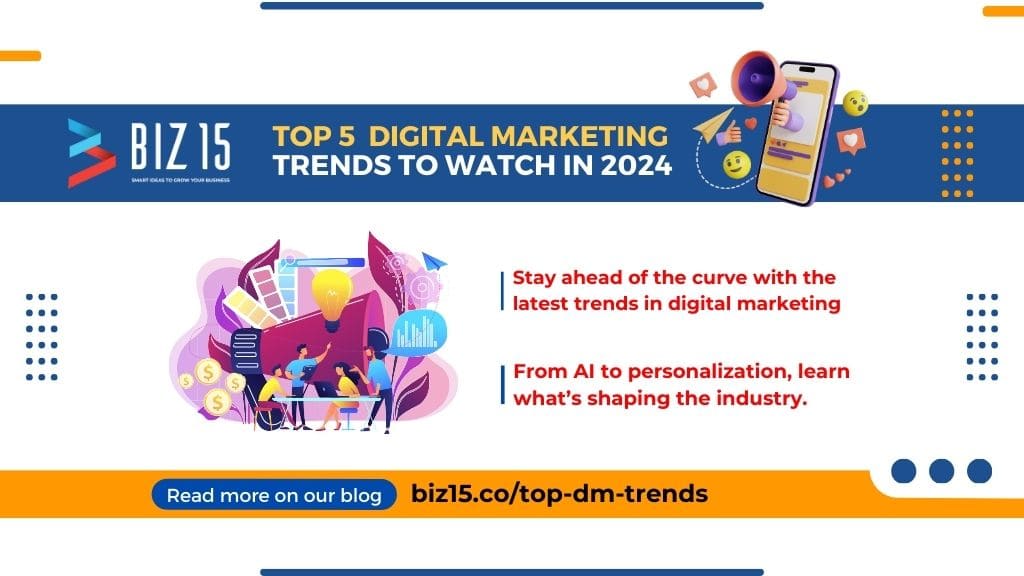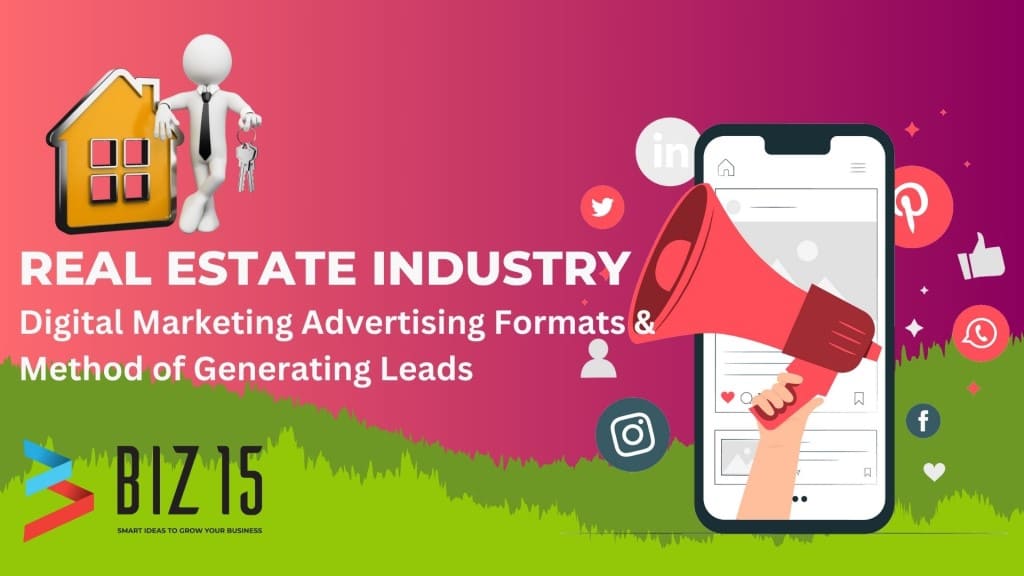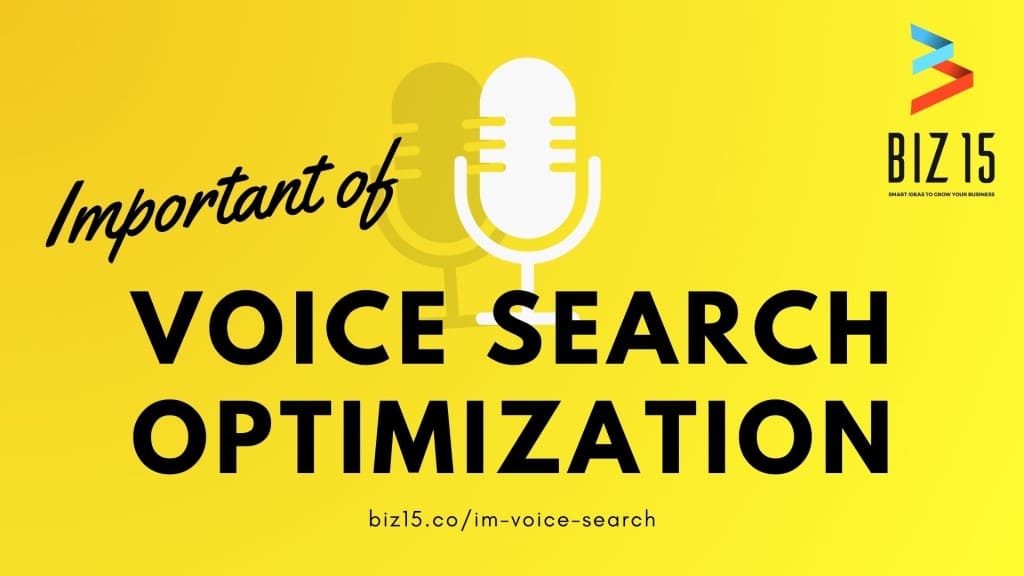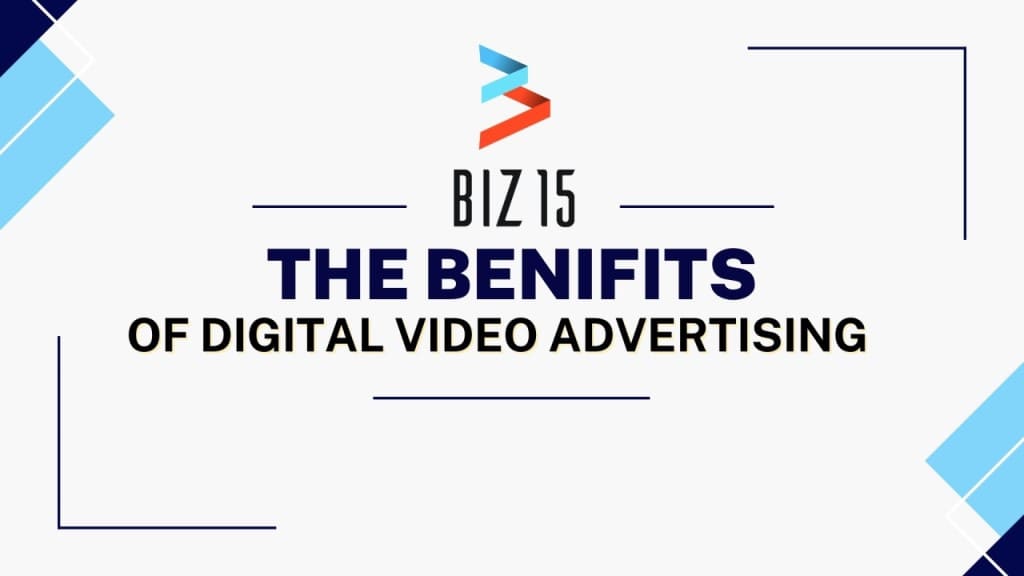Digital marketing for educational institutions involves leveraging online platforms and tools to promote educational services, engage with prospective students, and build a community. Here’s how it typically works and why it’s so important:
How Digital Marketing Works for Educational Institutions
1. Website and SEO (Search Engine Optimization)
– The institution’s website acts as a central hub where prospective students can find all the information they need. Ensuring the website is optimized for search engines (SEO) helps increase its visibility when potential students search for relevant educational programs.
2. Content Marketing
– This involves creating valuable content, such as blog posts, videos, infographics, and eBooks, that answers common questions, provides insights, and helps students make informed decisions about their education.
3. Social Media Marketing
– Platforms like Facebook, Instagram, LinkedIn, and Twitter are used to reach prospective students, engage with them, share content, and build community. Social media can also facilitate direct communication and provide a platform for alumni and current students to share their experiences.
4. Email Marketing
– By collecting emails through website interactions or other campaigns, institutions can nurture leads with personalized communications, send updates about courses, and keep potential students engaged over time.
5. Paid Advertising
– Pay-per-click (PPC) ads on search engines and targeted ads on social media help reach a specific audience. This can be particularly effective during enrollment periods or for promoting specific programs.
6. Analytics and Data-Driven Insights
– Digital marketing provides tools to measure the effectiveness of campaigns, understand audience behavior, and refine marketing strategies based on data. This ensures that resources are used efficiently and adjustments are made to maximize impact.
Why Digital Marketing is Important for Educational Institutions?
1. Broader Reach
– Digital marketing allows institutions to reach a global audience, expanding their potential student base beyond geographical limitations.
2. Cost-Effectiveness
– Compared to traditional marketing methods, digital marketing can be more cost-effective and its results are easier to measure and track.
3. Improved Targeting
– Digital tools allow for sophisticated targeting based on demographics, interests, and behavior, ensuring that marketing efforts are focused on the most relevant audiences.
4. Adaptability
– Digital marketing strategies can be quickly adjusted based on performance data, making it possible to respond to changes in the market or in student preferences.
5. Enhanced Engagement
– Digital platforms facilitate real-time communication and interaction, enhancing student engagement and satisfaction. They also provide platforms for feedback, which can be crucial for continuous improvement.
6. Building Relationships
– Through continuous engagement and personalized communication, institutions can build strong relationships with prospective and current students, which is vital for retention and building a robust alumni network.
In summary, digital marketing is not just about promoting educational services but is a comprehensive approach to reaching, engaging, and maintaining relationships with students in a digital age. It aligns with the evolving expectations of students who are increasingly looking for interactive, accessible, and responsive educational experiences.
